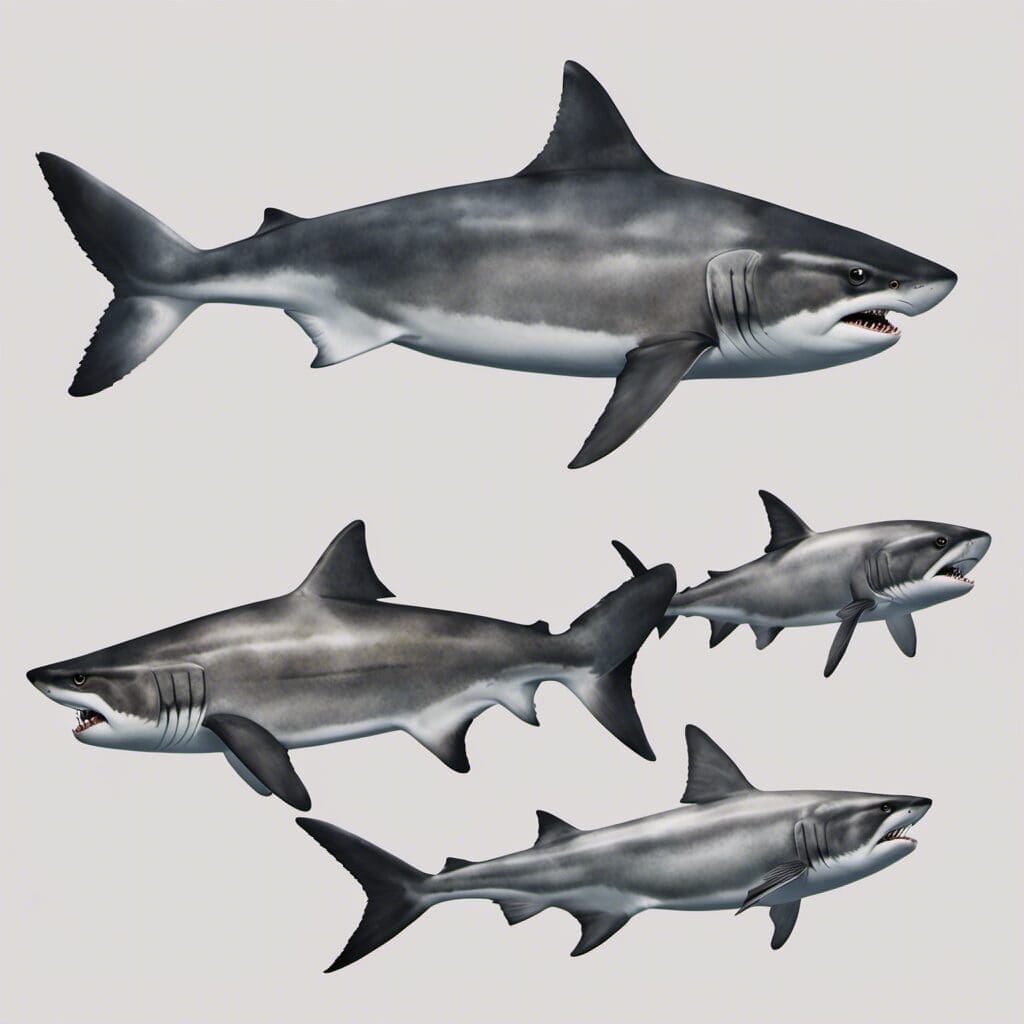Introduction
The Salmon Shark (Lamna ditropis) is a species of mackerel shark that is part of the Lamnidae family. These creatures have captured the attention of both science and fishing enthusiasts due to their intriguing characteristics and behavior.
Conservation Status
The Salmon Shark is not currently considered a threatened species. Their conservation status, as classified by the International Union for Conservation of Nature, is “Least Concern.”
Statistics
| Parameter | Average | Range |
|---|---|---|
| Length | 2.5 m (8.2 ft) | 2-3 m (6.6-9.8 ft) |
| Weight | 200 kg (440 lb) | 150-250 kg (330-550 lb) |
| Lifespan | 20 years (approximate) |
Distribution
The Salmon Shark is found mainly in the North Pacific Ocean, ranging from the Sea of Japan to the Gulf of Alaska. They are known to migrate with changes in water temperature, season, and food sources.
Habitats
These sharks are generally found in both offshore and inshore waters. Their preferred depth range varies greatly, from shallow coastal areas to depths of over 500 meters. Typical water temperatures that they tolerate range from 2-24°C.
When and Where to See
Salmon Sharks are most common in the northern Pacific during the summer months, with popular sighting spots including Prince William Sound in Alaska. They mostly surface during the day, but can switch to night activity if prey is more available.
Best Fishing Locations
Top fishing locations for Salmon Sharks include:
- Prince William Sound, Alaska
- Sitka, Alaska
- Icy Strait, Alaska
- Saint Paul Island, Alaska
- Kodiak Island, Alaska
Look for areas with cooler water temperatures and high concentrations of fish, which are the Salmon Shark’s primary food source.
How to Catch
Salmon Sharks tend to feed on salmon and squid, so using these as bait could be effective. Trolling is a common fishing technique, often with the use of a downrigger to reach the preferred depths of these sharks.
Identification Guide
The Salmon Shark has a dark blue to blackish upper body and a whitish belly. They have a short, conical snout and large gill slits. They are similar in physical characteristics to the Porbeagle Shark, though the Salmon Shark tends to have a darker upper body.
Culinary
Although not commonly consumed, Salmon Shark meat is reportedly similar to swordfish and can be prepared in similar ways.
Additional Information
Salmon Sharks tend to be solitary hunters, feeding opportunistically on salmon and other fish species. Seals appear to be their main natural predators, while human fishing activities pose further threats. There’s no significant cultural or historical significance recorded about them.
References and Further Reading
If you want to know more about the Salmon Shark, consider checking the following:

